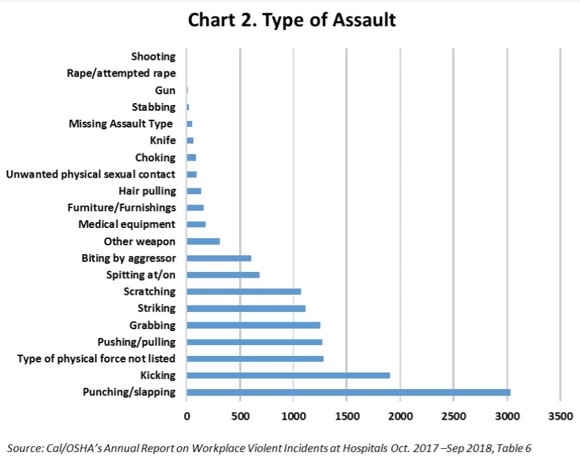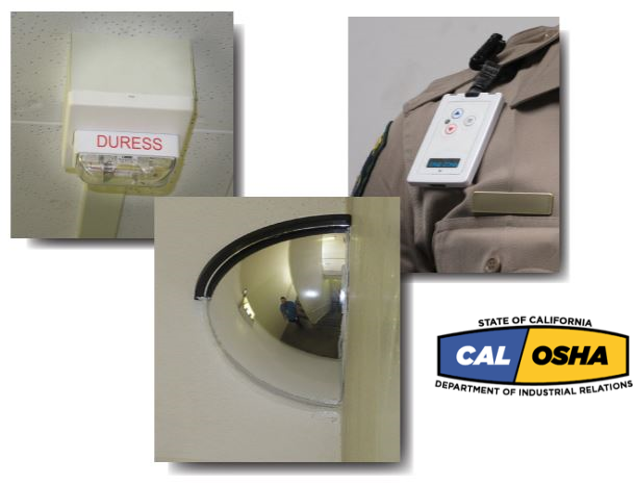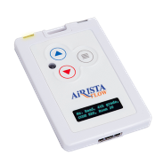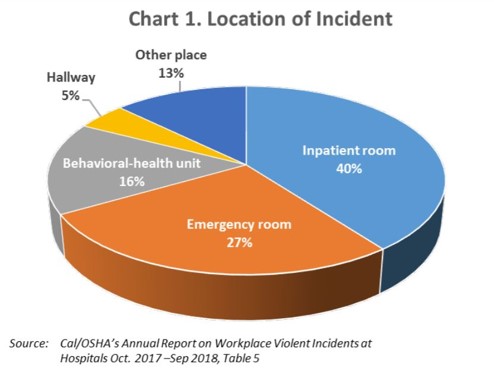The statistics paint a grim picture.
- Nursing assistant injury rate due to violence doubled from 2012 to 2014 (CA Dept of State Hospitals)
- 1 in 4 nurses have been assaulted by patients (ID Dept of Mental Health)
- 75% of workplace violence occurs in healthcare (University of TN)
- Only 30% of violent incidents in healthcare get reported (University of TN)


The global pandemic has increased the stress on healthcare staff and the patients they serve creating a combustible situation. Care providers need to review and update their protocols for violence in the workplace. Government authorities like OSHA mandate such plans. The California Department of Industrial Relations uses an OSHA model as the basis for its recommendations.
7 Best Practices to Reduce Employee Exposure

- Install, implement, and maintain the use of an alarm system or other effective means by which employees can summon security.
- Create an effective means by which employees can be alerted to the presence, location, and nature of a security threat
- Providing line of sight or other immediate communication in all areas where patients or members of the public may be present
- Configuring facility spaces, including, but not limited to, treatment areas, patient rooms, interview rooms, and common rooms, so that employee access to doors and alarm systems cannot be impeded by a patient, other persons, or obstacles
- Removing, fastening, or controlling furnishings and other objects that may be used as improvised weapons in areas where patients who have been identified as having a potential for workplace violence
- Monitor and control designated public entrances by use of safeguards such as weapon detection devices, remote surveillance, alarm systems, or a registration process conducted by personnel who are in an appropriately protected work station.
- Maintaining sufficient staffing, including security personnel, who can maintain order in the facility and respond to workplace violence incidents in a timely manner.
 With over 10 years of experience in some of the world’s most challenging healthcare environments, AiRISTA has a portfolio of personal alerting devices that combine events with location to help dissuade assaults and coordinate any needed response. One example is the Personal Duress Alarm System used by the California Department
With over 10 years of experience in some of the world’s most challenging healthcare environments, AiRISTA has a portfolio of personal alerting devices that combine events with location to help dissuade assaults and coordinate any needed response. One example is the Personal Duress Alarm System used by the California Department
of State Hospitals. Please contact us and we can describe various customer use cases and deployment models. salesinfo@airistaflow.com





